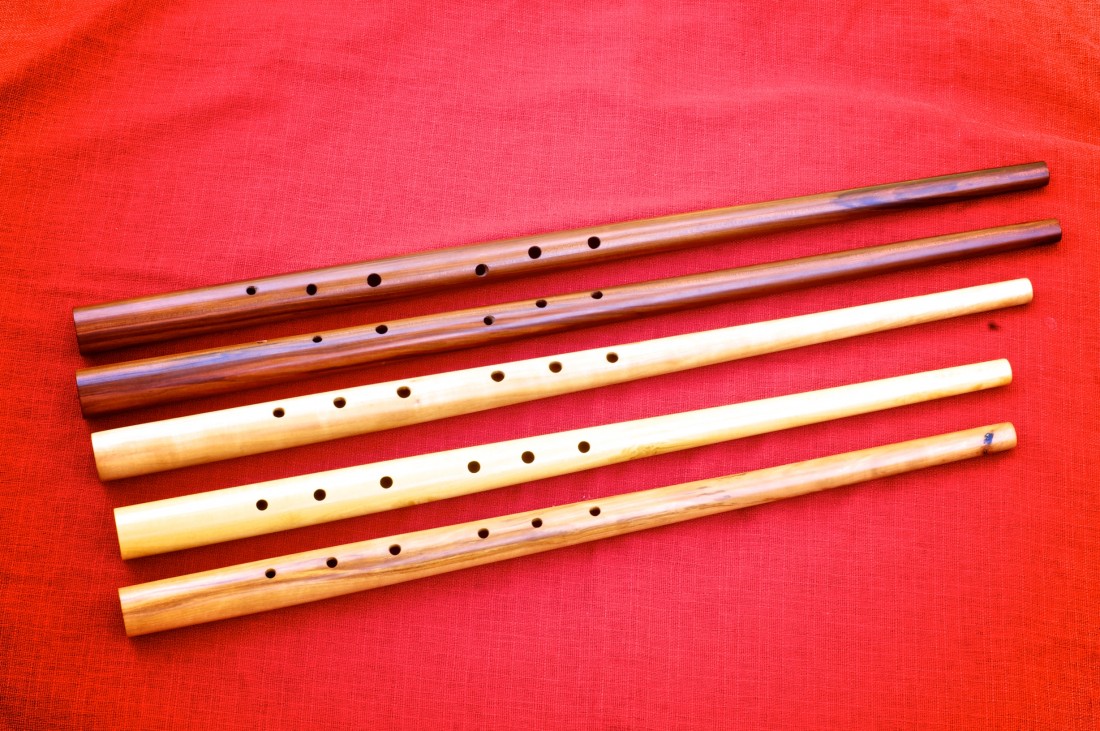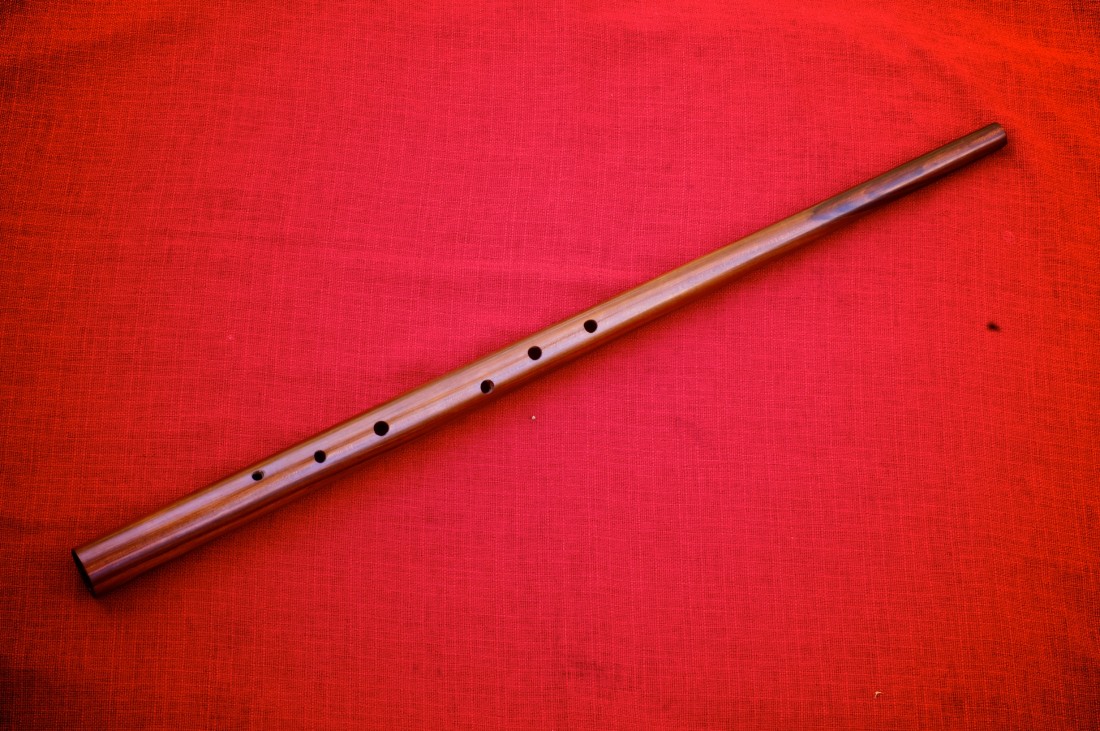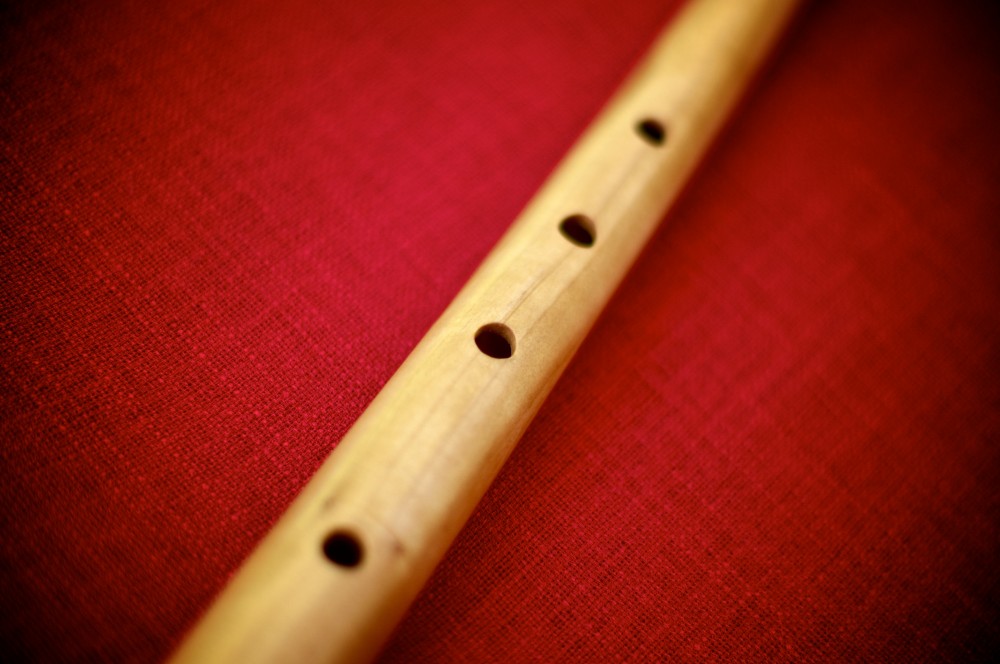Mute cornetts
They are turned in any pitch, after original instruments (in Verona and Leipzig). My instruments are out of boxwood, maple or fruitwood. For a better understanding, I usually say that “small” mute cornetts play in the same pitch and tone as soprano cornetts, whereas “big” mute cornetts play one tone lower.
Due to their length, these big mute cornetts are often quite uncomfortable. In order to solve this ergonomic problem, I can slightly shift the holes of both ring fingers a little bit on the side. It’s also possible to work on the mouthpiece of mute cornetts in order to have a given size, or after a given mouthpiece.
Just as for curved cornetts, all the mute cornetts are treated with vegetal oils. Taking care of your cornett will be explained on [this page]
Historically, the inner shape of mute cornett moutpieces are of four types : they may look either like a funnel, a deep funnel, a hemispherical cup or an ogee cup.
Modern-built mute cornetts usually have a deep funnel-like mouthpiece. Its diameter might match the historical sizes, or be wider, according to each player’s taste.



